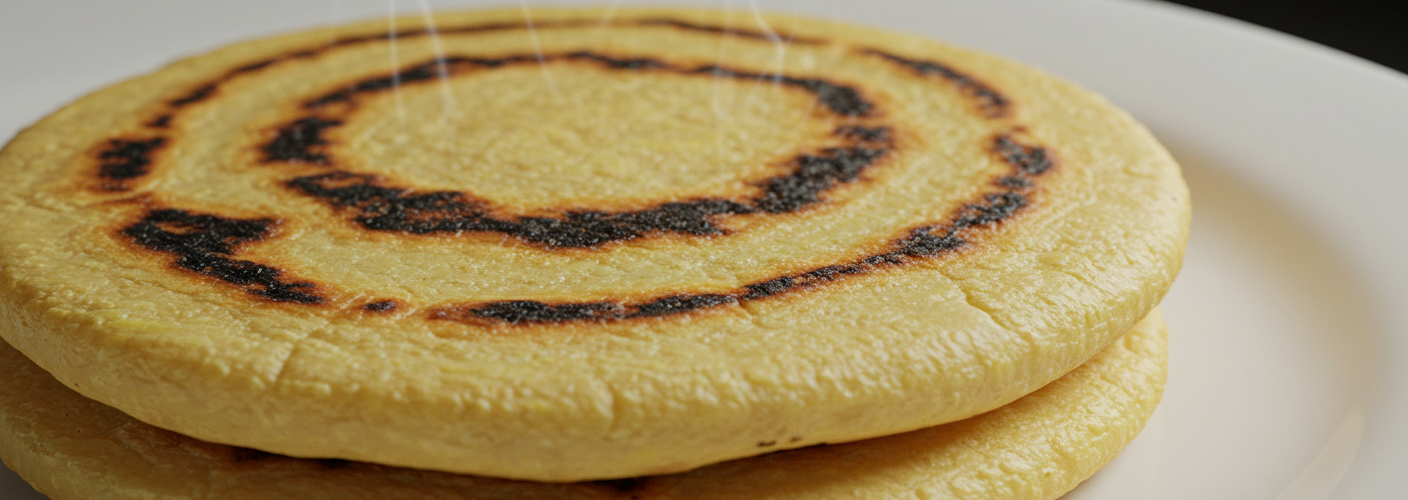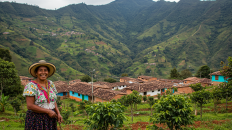Arepas are more than just a type of bread; they are a cultural emblem, a culinary tradition steeped in history, and a versatile food that has captured hearts and palates around the world. Originating from the Indigenous peoples of the Andes, arepas are made from ground maize dough, offering a unique flavor and texture that can complement a variety of ingredients and fillings.
The History of Arepas
The roots of the arepa can be traced back to pre-Columbian times, when the Indigenous groups of modern-day Venezuela and Colombia created them as a staple food. Traditionally, the maize used was ground with stone tools, a method that has endured through generations. Over time, arepas have evolved from a simple sustenance item into a beloved dish that varies by region, reflecting diverse local ingredients and culinary practices.
In Venezuela, arepas are often deeply integrated into daily life, serving as a breakfast, lunch, or dinner option. Fast forward to today, and you can find arepas being prepared on street corners, in homes, and in upscale restaurants, showcasing their versatility and universal appeal.
The Preparation of Arepas
Making arepas is a straightforward process that requires just a few ingredients: ground maize flour, water, and salt. The choice of maize flour can affect the final taste and texture; both white and yellow varieties are commonly used. To prepare, the flour is mixed with water and a pinch of salt until a dough forms. The dough is then divided into balls and flattened into discs, which can be grilled, baked, or fried, resulting in a crispy exterior and a soft, fluffy interior.
The simplicity of the dough belies the culinary creativity that can follow. Arepas can be sliced open or topped with various fillings, turning them into a complete meal. Popular fillings include cheese, shredded meats, avocado, black beans, and more, making them an ideal base to showcase flavors from different cuisines.
The Versatility of Arepas
What sets arepas apart is not just their deliciousness but also their adaptability. They can cater to diverse dietary preferences, whether someone is looking for vegetarian options or heartier meat-filled meals. From the classic Venezuelan arepa stuffed with shredded beef and cheese, known as “arepa reina pepiada,” to Colombian arepas filled with melted cheese, the possibilities are virtually endless.
Arepas are not limited to savory fillings either. Sweet versions can be made by adding ingredients like coconut or sweetened condensed milk, serving as delightful treats for dessert or breakfast. This versatility makes arepas a perfect food for gatherings, allowing hosts to satisfy a variety of tastes and preferences.
The Global Influence of Arepas
Today, the burgeoning popularity of arepas has extended beyond Latin American borders, garnering fans in the United States, Europe, and beyond. Food trucks, restaurants, and home cooks are increasingly incorporating arepas into their menus, celebrating the cultural richness they embody. This growing appreciation for arepas encourages exploration of different fillings and cooking methods, further enriching their legacy.
In conclusion, arepas embody a beautiful intersection of history, culture, and culinary innovation. This simple yet delightful bread made from ground maize dough is far more than food; it is an invitation to embrace the flavors and traditions of the diverse cultures that have shaped its journey. Whether enjoyed at home or in a vibrant eatery, arepas are sure to bring joy and satisfaction to every meal.




Add comment